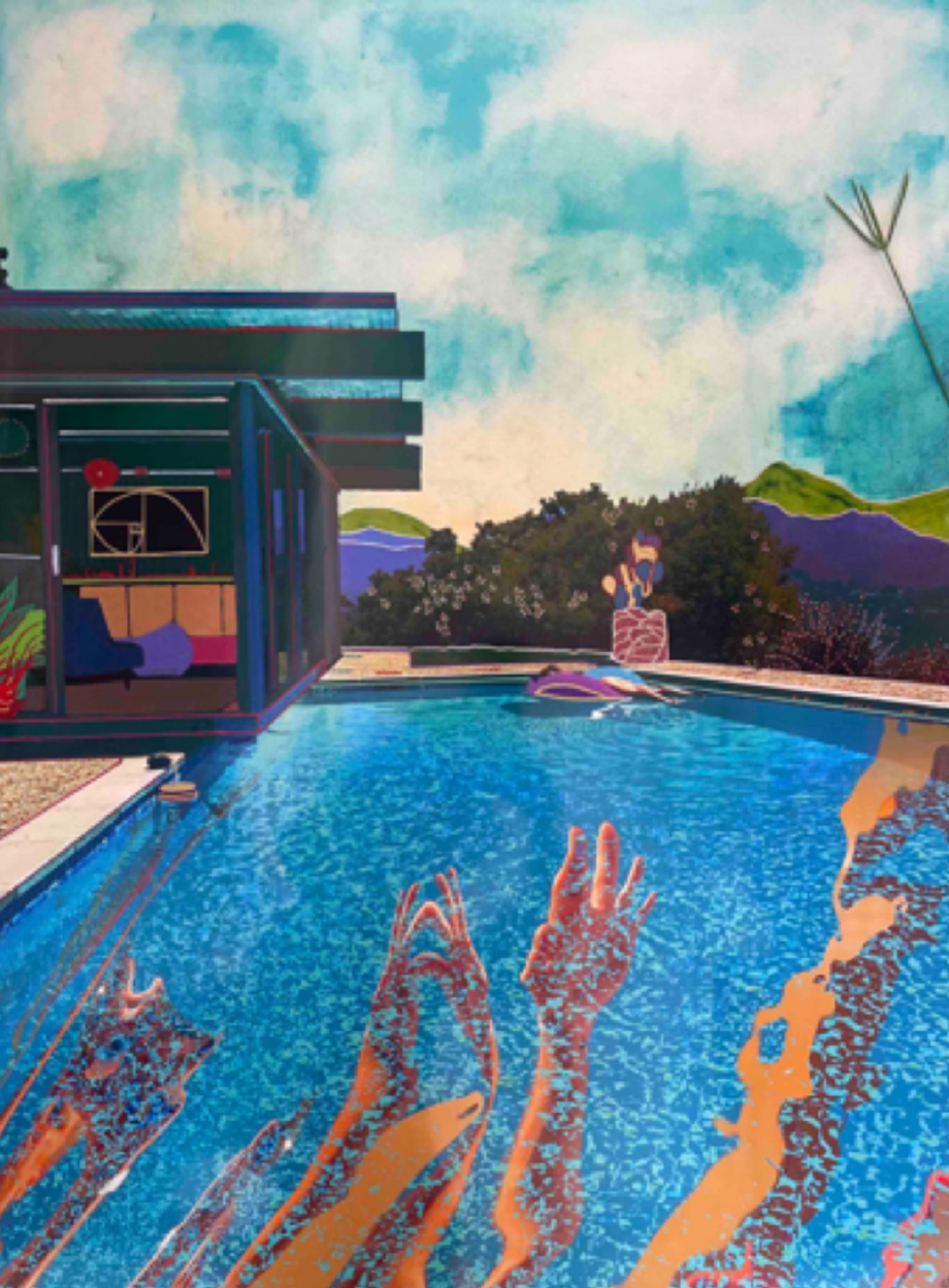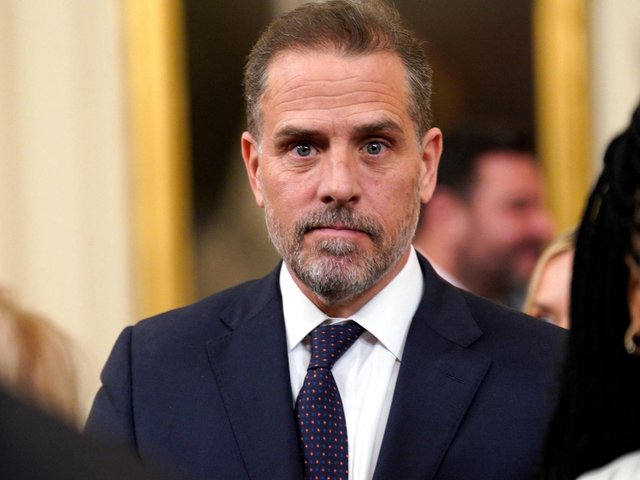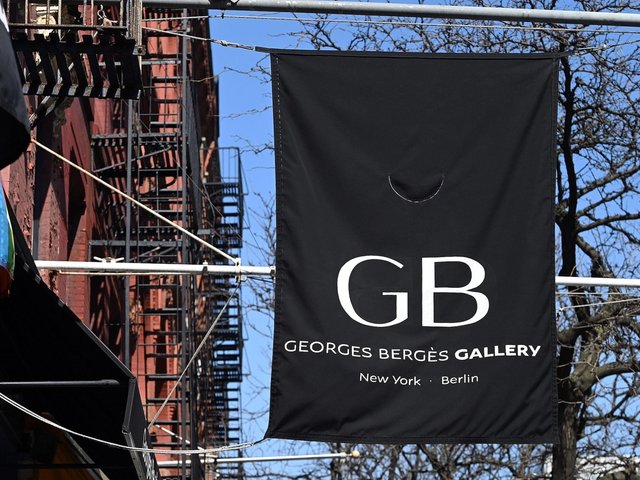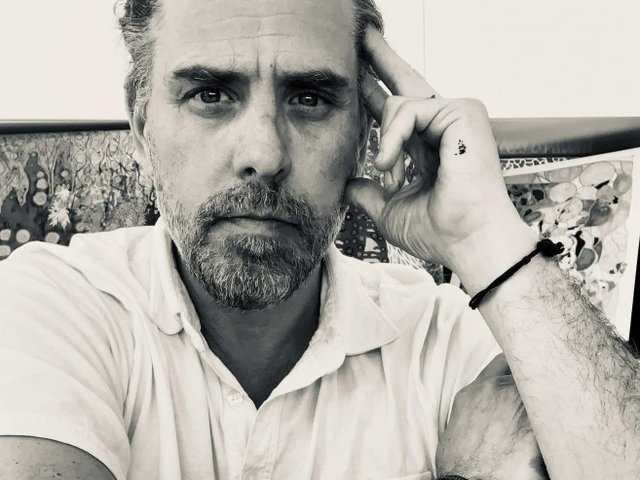The New York and Berlin-based art dealer Georges Bergès, who has organised Hunter Biden’s debut exhibition in New York, first visited Biden’s studio around 2017 after meeting the presidential son through a mutual friend, an art collector. In an interview with The Art Newspaper, Bergès emphasises that Donald J. Trump was president at the time, and that there was “no inkling that Hunter’s dad would become president”. He also notes that his visit came long before The New York Times famously profiled Biden as an artist in early 2020, following an investigation request by the Trump administration into Biden’s work with the Ukrainian gas company Burisma in 2014, which came as then-vice president Joseph R. Biden led an anti-corruption campaign against the Ukrainian energy industry.
Biden has been painting all his life, Bergès says. “When people ascribe that he started three years ago or whatever, that’s not accurate. He was dedicating around 20% of the day to his paintings, and he did what many other people do, especially when your dad is a senator. You go to law school, you work in this and that, but you can’t just be a painter. He relates painting to his own personal sanity and, when he became sober, he had to focus on himself, and then that 20% of his life became his whole life.”
The New York Times interview focused on the paintings Biden made by blowing ink on Japanese Yupo paper through a metal straw, prompting hyperbolic speculation that the technique could be triggering for a person who was formerly addicted to crack cocaine, like Biden. “I was obviously not happy with that interview; it made it seem like he only does these experimental blow paintings, and that can’t be farther from the truth,” Bergès says. “I’ve never seen him blow on a straw, and that’s why in this exhibition there are works on canvas, works on metal—almost like a retrospective—to show the whole range of his practice.”
The article made clear that there is a culture of stigma around addiction, according to Bergès, one in which media outlets find it acceptable to call Biden—a recovering addict—a crack addict and seemingly “cheer for him to relapse”. Rather, Biden’s story is “about someone who faced the fork in the road and changed, in large part because of his art, and we should be celebrating that,” Bergès says. “His story is really the American story. That’s why we love Rocky, right? You have this guy who’s being beat up and we cheer for him because he wins in the end. We’re in a country facing an opioid crisis and addiction is rife in the art world, from Basquiat to Pollock, and that is the story people should focus on.”
However, the foremost point of contention surrounding the exhibition, far beyond the stigmatisation of addiction, has come from those who argue that any merit given to Biden’s work is inherently nepotistic and that the works’ quality does not match their price tags. Instead, some observers allege, the paintings are being bought in order to leverage political influence or other purposes. Bergès declined to confirm prices, but the works—which include pieces depicting psychedelic snakes, birds and trees, and also an ambient mixed-media collage of a pool titled Hockney (2020), a nod to one of Biden’s favourite artists—have been previously reported to be around $75,000 to $500,000, astronomical prices for an emerging artist like Biden.
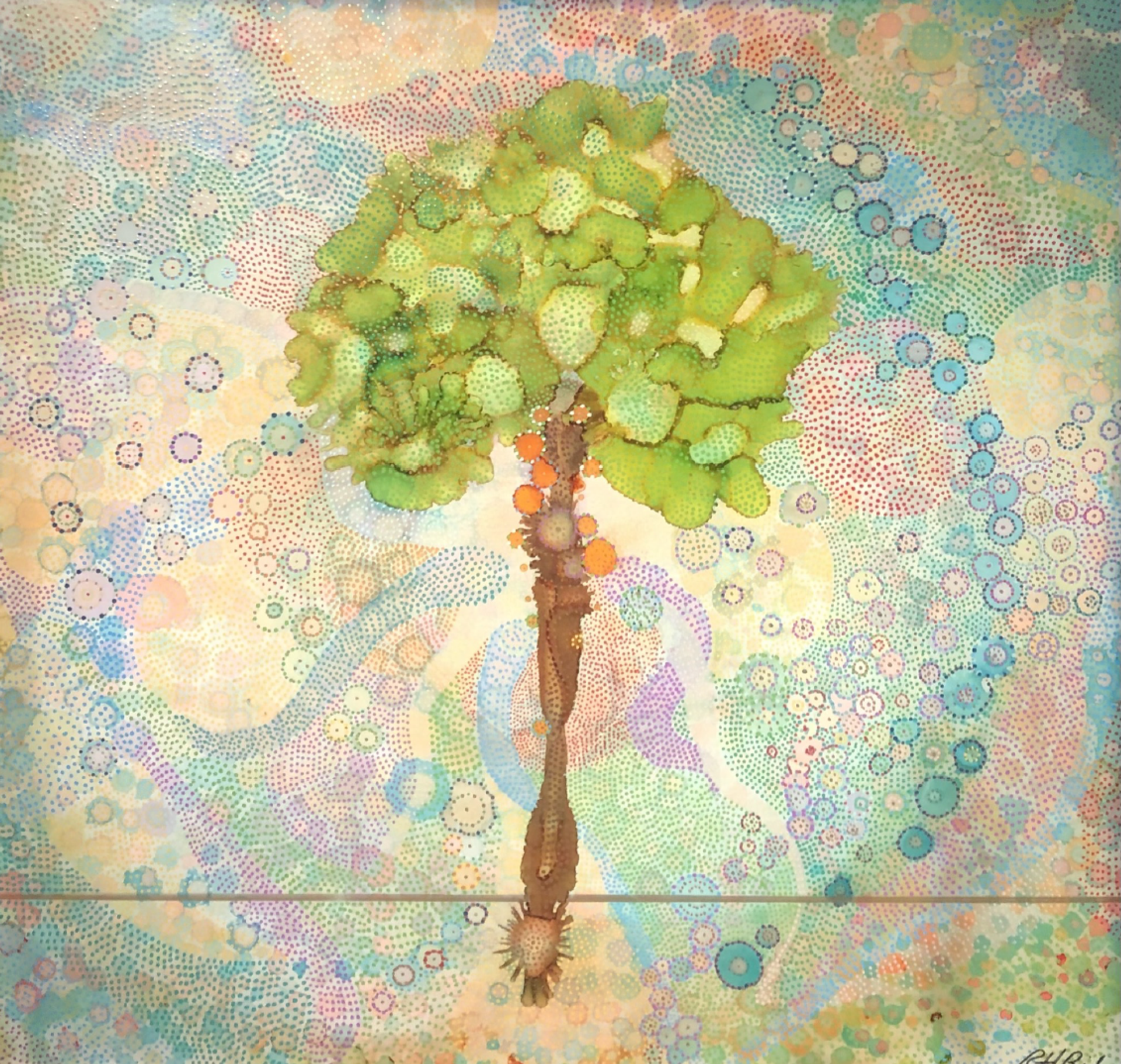
Hunter Biden, Untitled #43. Mixed media of Yupo paper. Courtesy Georges Bergès Gallery.
“I’ve liberated Hunter Biden from thinking about prices or anything other than his art, so I’m starting with a clean slate, but the free market will ultimately decide how much the works are worth,” Bergès says. “In the long-term, I’m thinking about museum acquisitions and who I’m going to target, because—mark my words—I believe that he’s going to be considered a great artist of this century. His father will be known, of course, as a US president, but most importantly as the father of a great artist.”
Earlier this summer—before the first leg of the exhibition opened at Milk Studios in Los Angeles in October, featuring guests like Moby, Shepard Fairey, the Los Angeles mayor Eric Garcetti and other politicians on the opening night, along with Biden—the White House formed an ethics agreement with Bergès to ward off claims of political influence-peddling. The agreement states that collectors’ identities could not be disclosed to Biden nor the public, and that “unusual behaviour”, like offers that seemed too high, should be turned down by the gallery. But it is unclear exactly how the agreement is being enforced between the gallery and collectors, what prices would be considered “too high”, and whether collectors can be legally obligated to keep their purchases secret.
The glass façade of Bergès’s Soho gallery has been mobbed with tabloid reporters since the exhibition was installed on 21 October. Most right-wing news outlets, including Fox News, have not been granted access to the show, but the exhibition has also drawn criticism from left-wing media for seemingly undermining president Biden’s vows to avoid the perception of conflicts of interest amid his critique of the previous administration, which financially benefited the Trump family and Trump-owned businesses.
Several outlets have also reported that turnout to the show has been dismal so far, and it’s true that most people will never see the New York iteration of the exhibition. There was no opening reception, few collectors are likely to brave the paparazzi following the backlash to the Los Angeles show, and there are no plans to open the gallery to the public as of yet, prompting the question of why the exhibition happened in the first place. The artist himself has also ceased to comment on the show. A request by The Art Newspaper for comment from Biden on his work—and the circus that has formed around it—was initially granted but later withdrawn by the gallery. “He’s had too many requests, from The New York Times down, and asked me to handle his representation so that he can just focus on the art,” Bergès says.
For Bergès, the exhibition, which is titled The Journey Home, should focus on how Biden’s story can provide a glimmer of hope for artists and others in society in battling their own personal demons. “I have people emailing me to say that their father is an addict, or their son is stuck in it, and that Hunter Biden gives them hope,” he says. “That is the story that has been overlooked by everyone. It gives me hope that he was once a crack addict living in a hotel room—almost hand to mouth—and that he somehow got out of that.”


